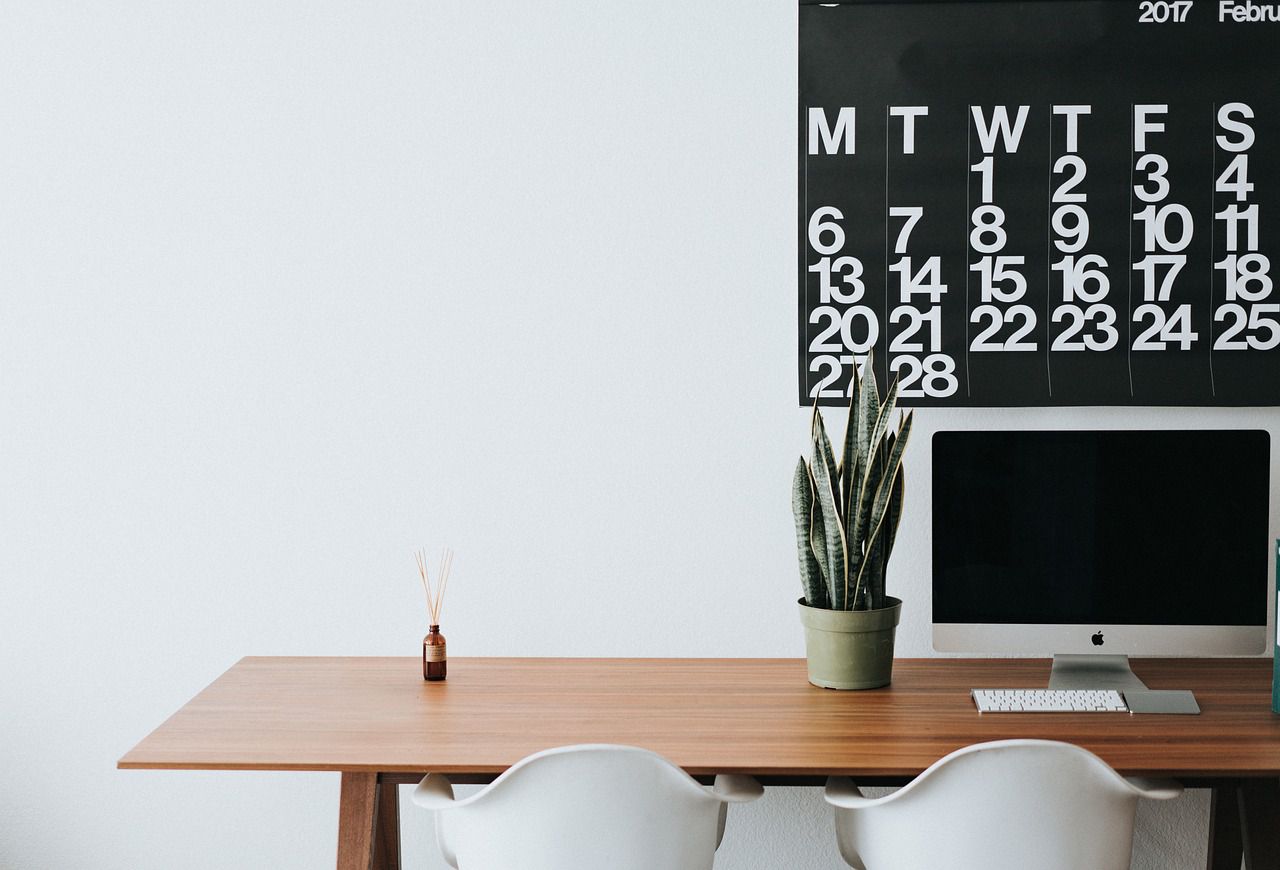To create a beautiful and trendy interior design, you should use dynamic wisely - but how to achieve that?
It's actually not that hard - there are a few rules on how to combine colors, shapes, and textures in a visually pleasing way.
Here are a few things you should remember about interior dynamics.

Using Colors
Bright and contrasting colors can add energy to a room. They catch the eye and create a vibrant atmosphere.
Patterns and Textures
Using different patterns like stripes, chevrons, or geometric shapes can make a room feel more dynamic.
Mixing textures like smooth surfaces with rough ones also adds interest.
Furniture Arrangement
Placing furniture at angles or using asymmetrical arrangements can create a sense of movement. It breaks away from the static feel of straight lines.
Art and Decor
Hanging dynamic artwork or using decor items with interesting shapes can add a sense of flow and movement to a room.
Lighting
Using various light sources like lamps, pendant lights, or spotlights can create depth and shadows, giving a sense of movement.
Curved Lines
Using furniture, rugs, or architectural elements with curves or flowing lines can add a sense of flow and movement.
Natural Elements
Incorporating elements from nature like plants or water features can create a dynamic and ever-changing environment.
Open Spaces
Avoiding overcrowding and allowing space for movement can make a room feel more dynamic and free.
Conclusion
Finding the right balance between different materials and shades needs practice and experience, but it's worth it!













